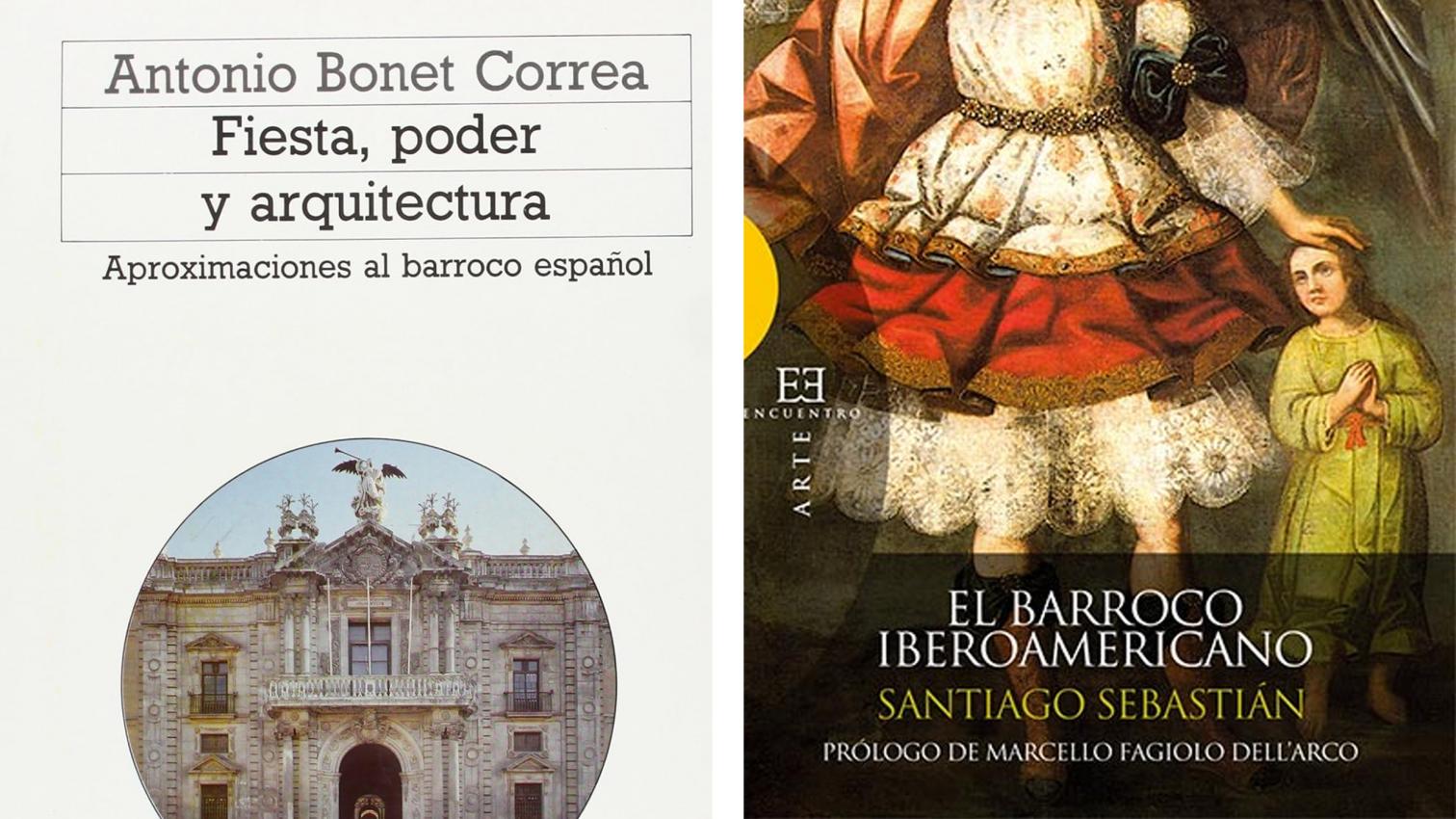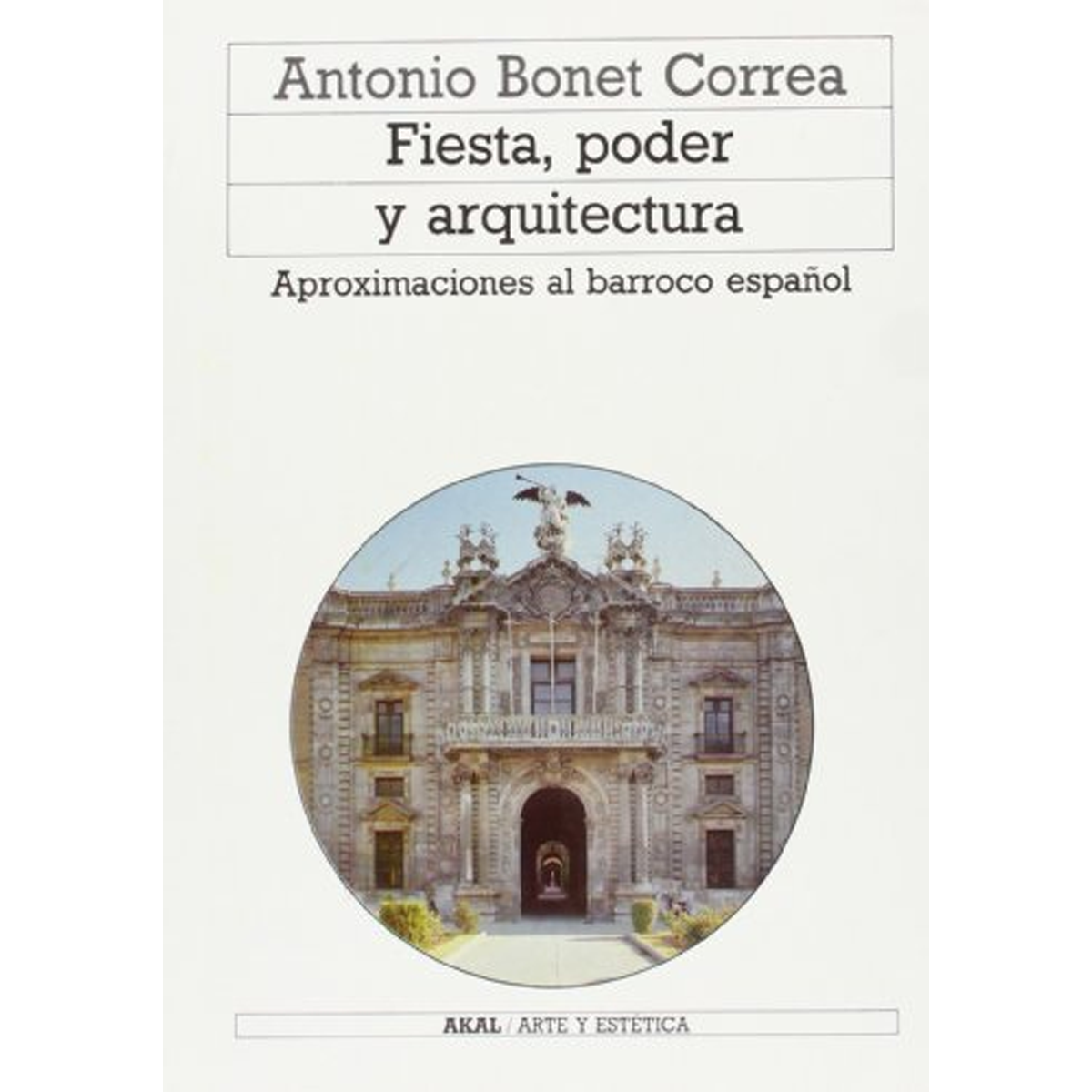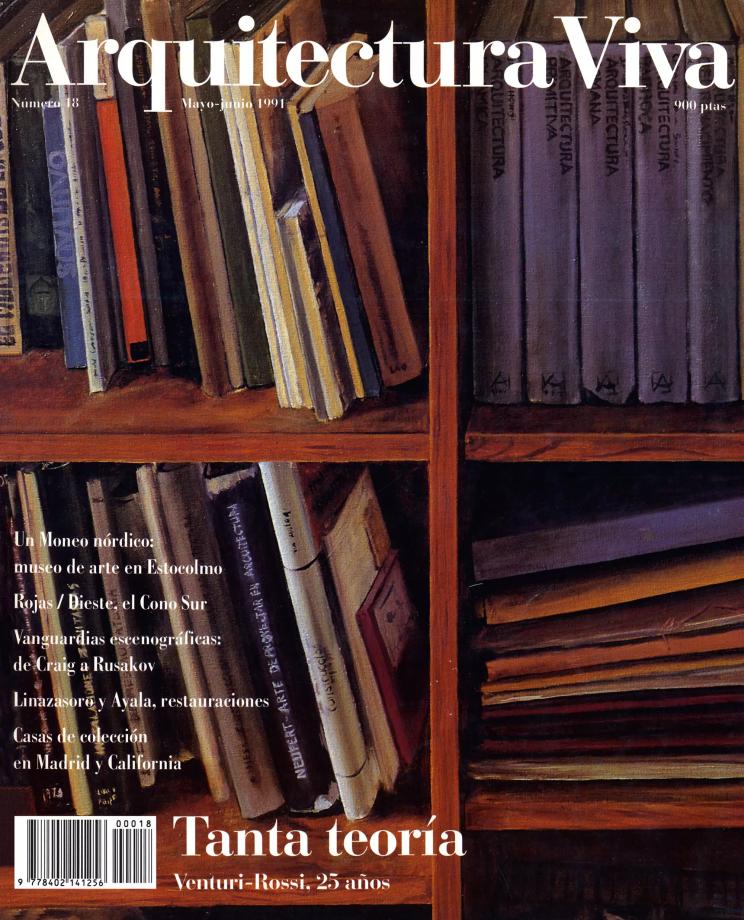
Ten years ago, a congress on the Latin American Baroque was held in Rome, convened by Paolo Portoghesi and Marcelo Fagiolo. This congress – which aspired to be a culmination of the vision of the European and American Baroque – was, however, a starting point whose results we can clearly visualize today.
The dense bibliography produced during the past decade has managed to rethink a reading of the Baroque that aims at contents rather than formal proposals.
The dogmatism of visibilist interpretation -which had dominated the panorama once the taste for baroque overcame the nineteenth-century disqualifications of it- demanded the rethinking that was generated in the postwar period.
The ways of approaching a problem as complex as this one tended, in many cases, to acquire that unidimensional version that, from the understanding of the object to a heated dispute over the permanence of its style, took place in the weight of observation. If this happened in other cultural pairs, its Eurocentric projection in the American phenomena was delayed even of disqualifying adjectives.
The current associative openness to what gives place to a contextual interpretation of the artistic manifestations – in which the publication of Hauser's works plays a primordial role – and the pointed appraisals of Norberg-Schulz influenced the glimpses of this change.
The book that Antonio Bonet Correa offers us – in which some articles published in these years are collected – testifies the effort to rescue the vision of a baroque that was rooted on passions and emerging features of power (civil and religious) and in the forms of participation in the festivity...







